May 21, 2025 | 06:46 GMT +7
May 21, 2025 | 06:46 GMT +7
Hotline: 0913.378.918
May 21, 2025 | 06:46 GMT +7
Hotline: 0913.378.918
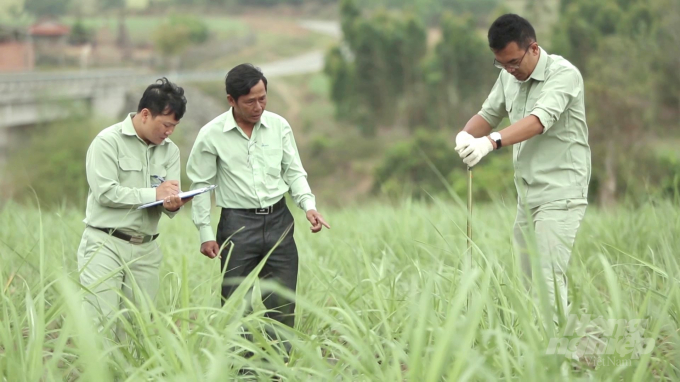
Quang Ngai Sugar Joint Stock Company cooperated with Vietnam-Japan Fertilizer Company to take soil samples of sugarcane material area in Gia Lai province's east. Photo: Vu Dinh Thung.
After ten years of continuously taking soil samples on the sugarcane material area in the east of Gia Lai province to analyze and map the current status of soil nutrients, by the end of 2020, the Vietnam - Japan Fertilizer Company ('JVF') has handed over the soil nutrient map of the largest sugarcane material area in the country for Quang Ngai Sugar Joint Stock Company ('QNS').
According to Mr. Nguyen Hoang Phuoc, Deputy Director in charge of raw materials for An Khe Sugar Factory, JVF and QNS coordinated to collect soil samples at different locations throughout the raw material area of 4 districts, in the east of Gia Lai province, including KBang, An Khe, Dak Po, Kong Chro.
Soil samples were taken from each field with an area larger than 1 hectare. After collecting soil samples, JVF's technicians used 205 samples in 39 wards and communes in 4 districts and towns in the east of Gia Lai province, with an area of 81,064 hectares. QNS's sugarcane material area is about 30,000 hectares.
The samples were removed from roots and stones and dried at a very low temperature for 48 hours. The soil sample was finely ground and sieved on a sieve with a millimeter-sized pore. Soil samples were analyzed for pH, absorption capacity, hummus, adequate phosphorus, effective potassium, and other criteria.
From the soil nutrient map, An Khe Sugar Factory, a unit under QNS, has oriented sugarcane farmers to sugarcane production in the sugarcane production area located in 4 districts and towns in the east of Gia Lai province, including KBang, An Khe, Dak Po, and Kong Chro, use fertilizers appropriately to develop raw material areas in a sustainable way, reduce costs, increase economic efficiency and increase competitiveness in the market.
In the current spike in fertilizer prices, this solution is helping sugarcane farmers in the country's largest sugarcane material area feel secure in production.
Macronutrients are an essential source of nutrients for sugarcane, helping to ensure the yield and quality of the raw material area. According to the growth and sugarcane development stages, macronutrients need to be provided in the correct dose, in the proper ratio through the respective fertilization periods.
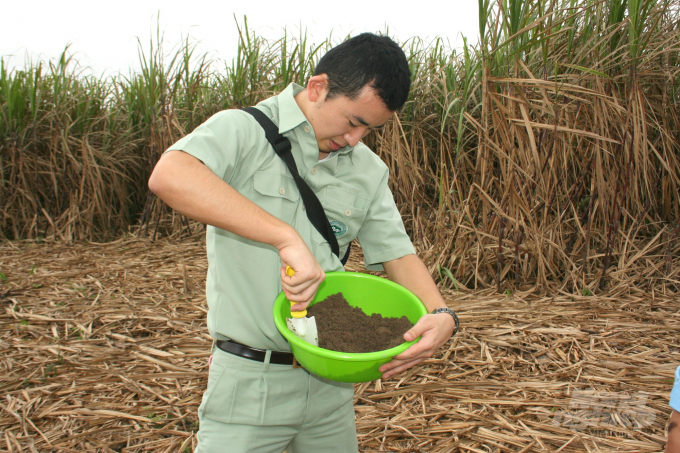
Soil samples are analyzed for pH, absorption capacity, hummus, adequate phosphorus, effective potassium, and other criteria. Photo: Vu Dinh Thung.
In terms of phosphorus, it in most of the raw material area is at a level that meets the needs of sugarcane. But in fact, sugarcane cannot absorb 100% of the available phosphorus. Therefore, it is necessary to maintain an adequate amount of fertilizer. Fertilize regularly to ensure soil fertility, as well as maintain productivity and limit soil degradation.
In terms of potassium, most of the sugarcane growing soil in the raw material area has low effective potassium content, so farmers need to fertilize with a high rate of potassium right at the first application. Fertilizer needs to be applied three times to both save fertilizer and increase efficiency.
In terms of nitrogen, soil with high humus content has high nitrogen nutrition and vice versa. In the soil, nitrogen is a nutrient element that fluctuates wildly. Therefore, nitrogen fertilization is usually based on the plant's nutritional needs, the plant's yield, and the soil's humus content.
Based on the current yield, nutritional needs of sugarcane, and the status of nutrients in the soil, JVF recommends that sugarcane farmers use an adequate quantity of fertilizer for sugarcane.
Fertilizer's quantity for sugarcane grown in Kong Chro district and a part in Dak Po district that can be applied is 800 kilograms per hectares, in which the application of NPK Vietnam-Japan 15-15-15+TE (Chitosan) when sowing is 400 kilograms per hectares; the additional application of NPK 17-6-17+10S+TE (Chitosan) is 400 kilogram per hectares; Other areas need to maintain the application of 1,000 kilograms per hectares to ensure improved yield and optimize production costs.
In addition, using products with the addition of Chitosan active ingredient helps to increase drought tolerance and disease resistance for sugarcane throughout the growth and development period.
In terms of acidity, most of the soil in Gia Lai province's eastern raw material area is acidic to moderately acidic. So farmers need to pay attention to adding lime to raise the pH to the optimal level for sugarcane to grow and develop. It is also a solution that contributes to providing more intermediate nutrients for sugarcane, helping to improve soil texture, limiting harmful bacteria and fungi, and enhancing the activity of beneficial microorganisms in the soil.

Keeping sugarcane leaves to cover sugarcane fields also contributes to limiting water evaporation and retaining soil moisture in the dry season. Photo: Vu Dinh Thung.
For areas with a pH lower than 5.5, applying lime from 1,000 kilograms per hectares for each crop is necessary. Areas with higher than 5.5 pH can apply lime from 500-800 kilograms per hectares for each crop.
In terms of humus, a very practical and cheap, easy to apply method that can maintain and improve soil humus is to keep the sugarcane leaves and by-products after harvest, then chop and then bury the sugarcane leaves in the soil.
The above solution is also a way to return the organic and nutritional resources that sugarcane has taken away from the soil during its growth and development. After harvest, keeping sugarcane leaves to cover sugarcane fields also contributes to limiting water evaporation and retaining soil moisture in the dry season.
“From the soil nutrient map of the sugarcane material area in the east of Gia Lai province, the Vietnam - Japan Fertilizer Company produces fertilizers with a formula suitable for the soil of the raw material area.
The soil nutrient map shows which soil lacks a substance; during cultivation, farmers add that substance. The dose of fertilizer used is suitable, only adequate for plants.
The above solution helps farmers save the cost of fertilizing sugarcane, especially in the context of increasing fertilizer prices like today”, said Mr. Nguyen Hoang Phuoc, Deputy Director in charge of raw materials for An Khe Sugar Factory.
Translated by Ha Phuc
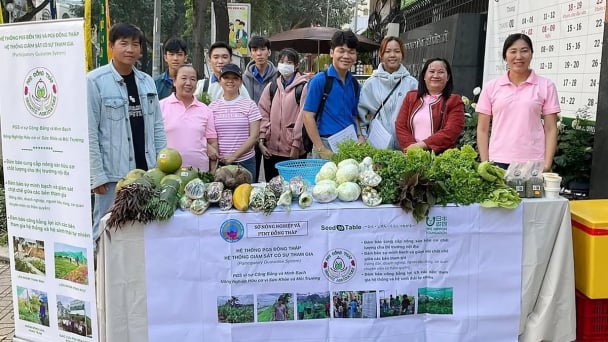
(VAN) Japan's grant aid project contributes to capacity building, promoting organic agricultural production, and fostering sustainable community development in Dong Thap province.
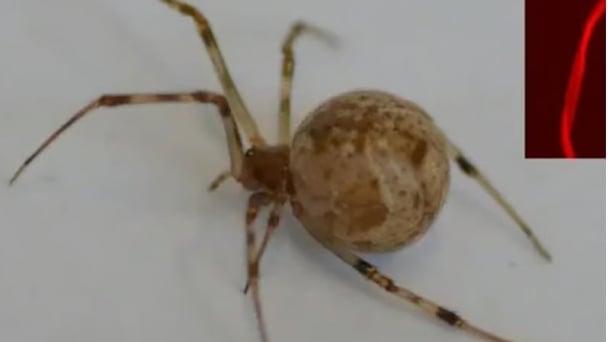
(VAN) For years, the CRISPR-Cas9 genome technology has been reshaping genetic engineering, a precision tool to transform everything from agriculture to medicine.
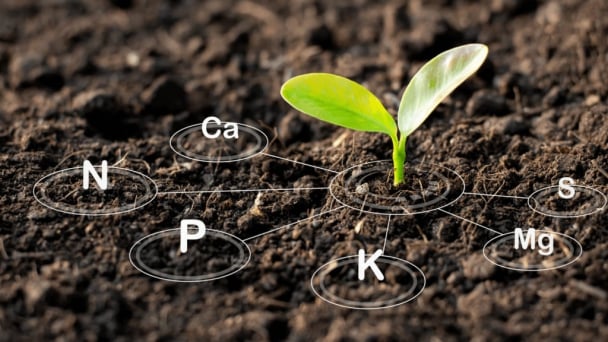
(VAN) Vietnam aims to become a 'leader' in the region in the capacity and managing effectively soil health and crop nutrition.
![Reducing emissions from rice fields: [Part 1] Farming clean rice together](https://t.ex-cdn.com/nongnghiepmoitruong.vn/608w/files/news/2025/05/05/z6509661417740_a647202949c539012a959e841c03e1d3-nongnghiep-143611.jpg)
(VAN) Growing clean rice helps reduce environmental pollution while increasing income, allowing farmers to feel secure in production and remain committed to their fields for the long term.
/2025/05/19/5136-1-144800_230.jpg)
(VAN) The Nghe An Provincial People's Committee has just approved the list of beneficiaries eligible for revenue from the Emission Reductions Payment Agreement (ERPA) in the North Central region for the year 2025.
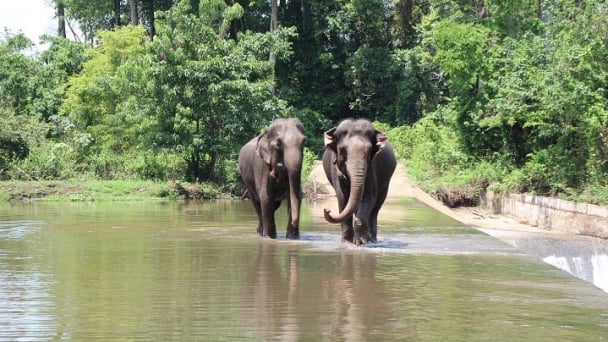
(VAN) 14 out of 35 domesticated elephants in Dak Lak province have had their living conditions improved, with 11 of them currently participating in the non-riding elephant tourism model.
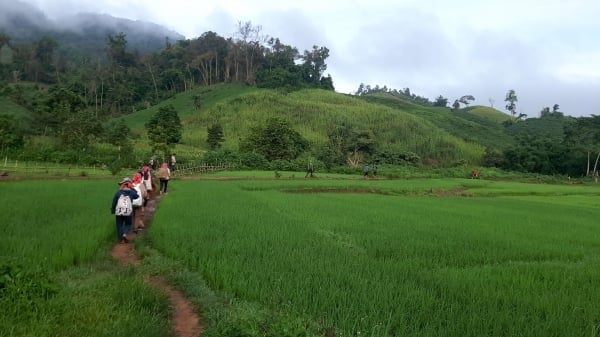
(VAN) Muong Nhe Nature Reserve hopes that being upgraded to a national park will lay the foundation for forest protection efforts to be carried out in a systematic, modern, and sustainable manner.